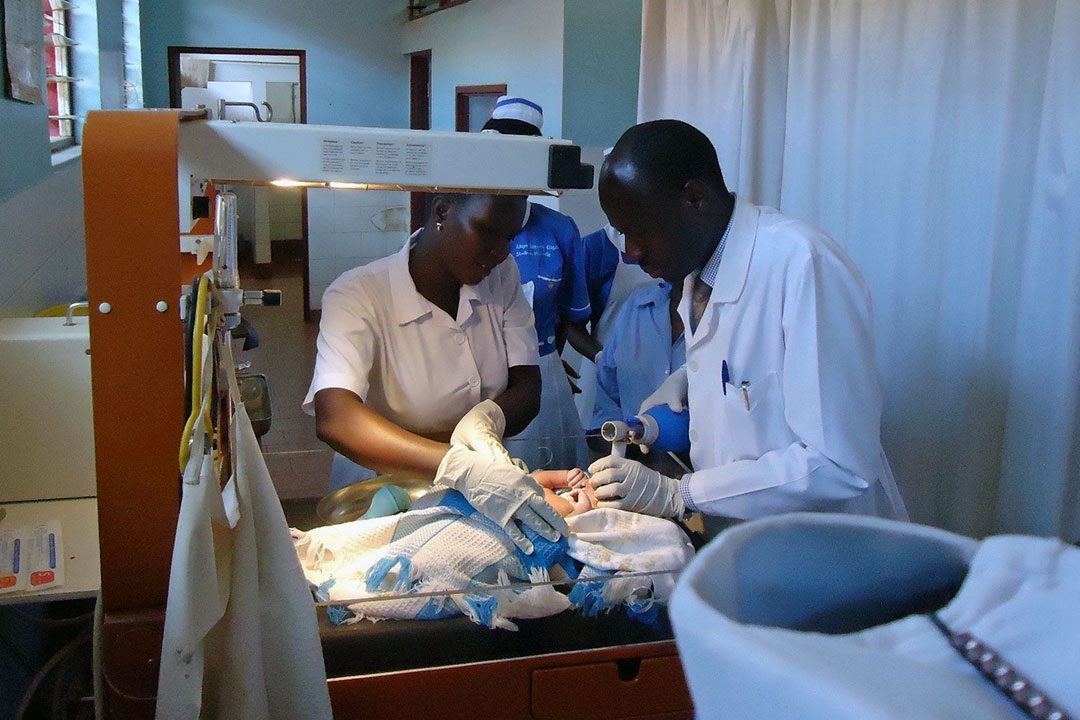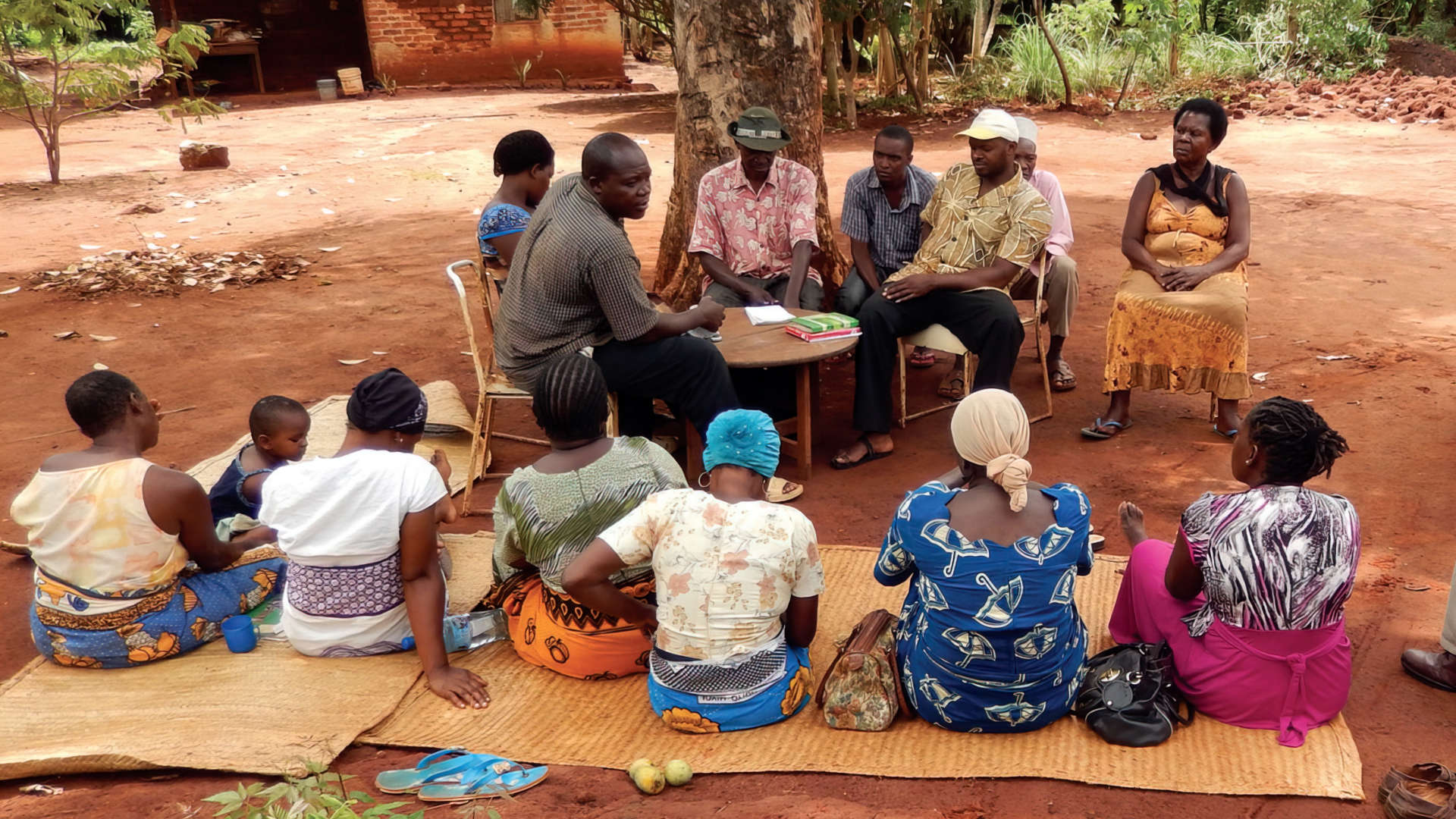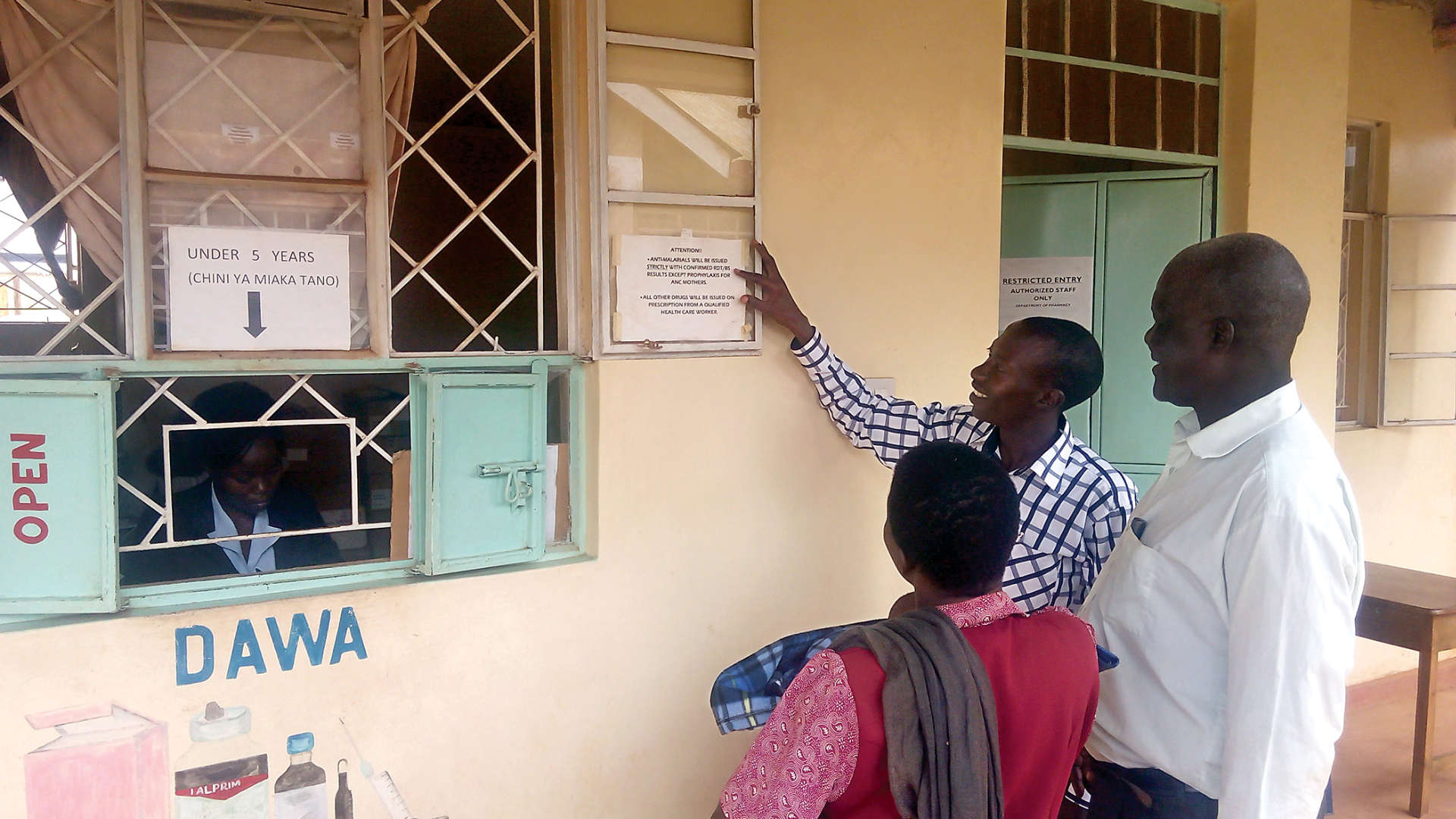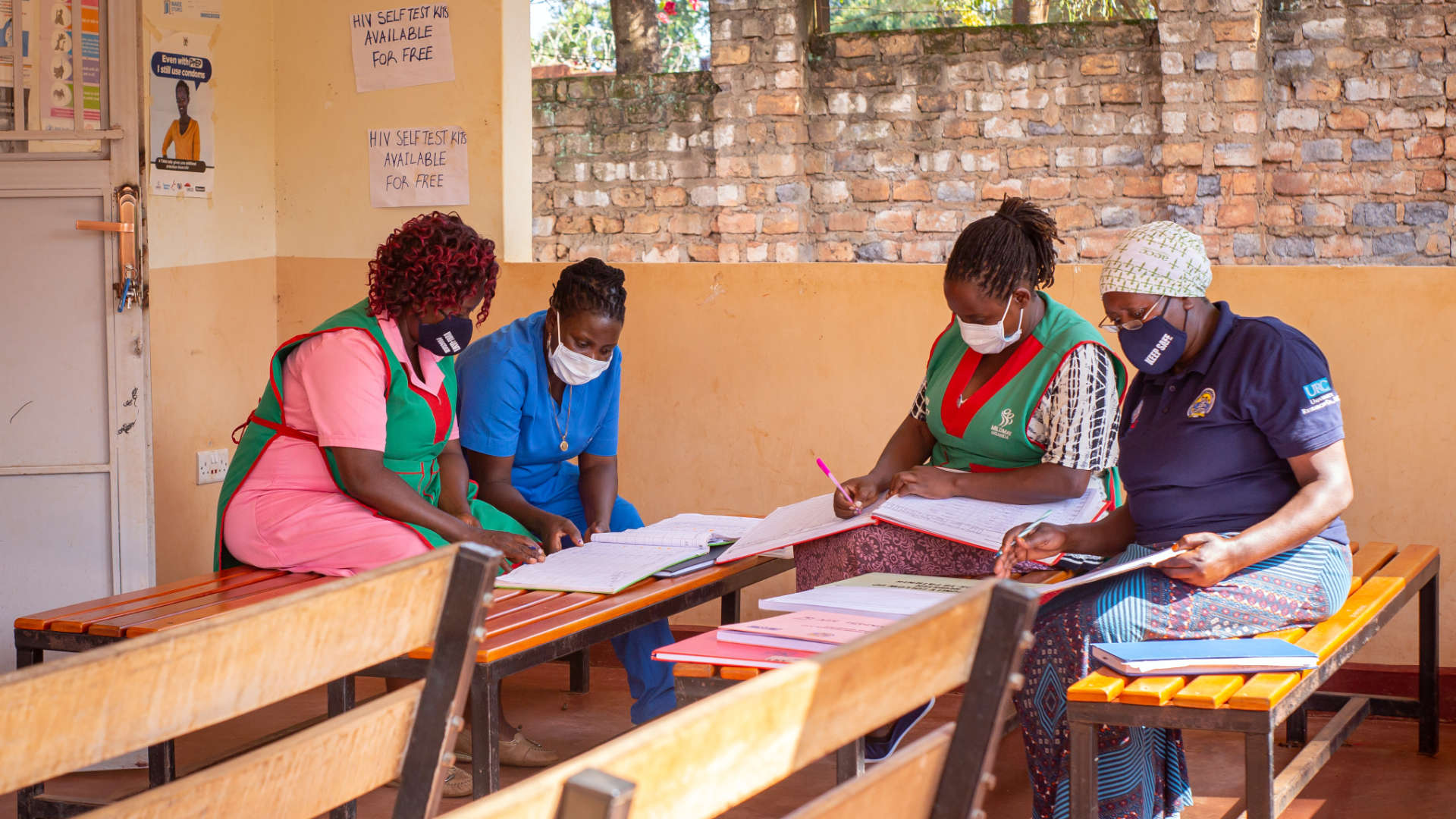Most maternal and newborn deaths happen during labor, delivery, and the immediate postpartum period. Why? Primarily due to three reasons: delays in seeking appropriate care, an inability to access such care in a timely manner, and inconsistencies in quality of care.
However, a targeted quality improvement (QI) effort yielded significant results in seven districts in Northern Uganda, including reducing the maternal mortality ratio (MMR) by 20 percent between December 2014 and December 2016 – despite a 68 percent national increase in MMR during the same period. This is according to a peer-reviewed analysis published in March in the journal Global Health: Science and Practice.
The effort in Northern Uganda was implemented by the URC-led Applying Science to Strengthen and Improve Systems (ASSIST) project on behalf of the Saving Mothers, Giving Life (SMGL) public-private partnership. Former Secretary of State Hillary Clinton launched SMGL in 2012 to test an integrated health systems approach to address the three major contributors to maternal and newborn mortality. Key partners include the governments of Uganda, Zambia, the U.S., and Norway, as well as Merck for Mothers, Every Mother Counts, Project C.U.R.E. and the American College of Obstetricians and Gynecologists.
“The participatory nature and skill building aspects of this effort were important for overcoming quality of care barriers associated with limited capacities,” said Esther Karamagi Nkolo, MBChB, MSc, USAID ASSIST Uganda Chief of Party.
The SMGL program also reduced the institutional neonatal mortality rate by 30 percent, the fresh stillbirth rate by 47 percent, and the perinatal mortality rate by 26 percent between December 2014 and December 2016 in the seven supported districts in Northern Uganda.
Working in Post-Conflict, Low-Resource Settings
SMGL was created to dramatically reduce maternal and newborn mortality in sub-Saharan African countries. With funding from the President’s Emergency Plan for AIDS Relief (PEPFAR), SMGL implements evidence-based programs in low-resource, high-mortality settings – such as Uganda – where maternal and newborn mortality has been unacceptably high, according to estimates by global health organizations.
SMGL in Uganda was Implemented in two phases. Phase one was a proof-of-concept demonstration between June 2012 and December 2013 in four districts in Western Uganda with a combined population of 1.3 million: Kyenjojo, Kamwenge, Kabarole, and Kibaale. During phase two, the program applied the lessons from phase one from 2014 to 2017 in seven more districts in Northern Uganda with a combined population of 1.8 million: Nwoya, Gulu, Omoro, Pader, Lira, Dokolo, and Apac.
The scale-up phase in Northern Uganda was implemented in three waves. Wave one targeted 20 high-volume public and private non-profit facilities with more than 100 deliveries per month, wave two involved 60 medium-facilities with between 50 and 100 deliveries per month, and wave three was implemented in 38 low-volume deliveries with fewer than 50 deliveries per month. In all the program supported 118 health facilities in the seven Northern Uganda districts.
Scale-up sites also were selected based on their readiness to change, including the ability to adopt best practices from phase one and willingness of facility leadership to embrace QI activities.
Identifying Gaps and Training to Close Them
The implementation strategy involved all levels of the health system, including providing technical oversight and competency building at the national level, support for the application of technical knowledge and decision-making at the district level, and creating demand for services at the community level.
A key aspect of the program was creating QI teams targeting frontline health care providers and managers involved in the provision of maternal and newborn care services. The teams primarily consisted of medical officers, midwives, records officers, laboratory technicians, pharmacists/dispensers, and facility managers.
The QI teams were situated in maternity units and met on a weekly or monthly basis. They tracked weekly performance, shared results with the facility administration, and shared personal experiences in quarterly learning meetings. Skill-building interventions included coaching and mentorship, peer-to-peer quarterly learning meetings, maternal and perinatal death reviews, and creating skills labs at health facilities. Also, the Ministry of Health designated 12 mentors from teaching and referral institutions in the region who spent 25 percent of their time supporting activities in the SMGL project, among other efforts to improve health care providers’ skills.
The need to improve certain skills was widespread. From 2015-2016, 303 of the 450 relevant medical personnel were trained in emergency obstetric and newborn care, long-acting family planning methods, and newborn resuscitation. SMGL also improved data reporting across all 118 supported facilities in the seven supported Northern Uganda districts.
“Identifying barriers at each step of delivering care and using QI teams to strengthen health systems functions were key tactics that allowed us to achieve these program results,” Karamagi said.



